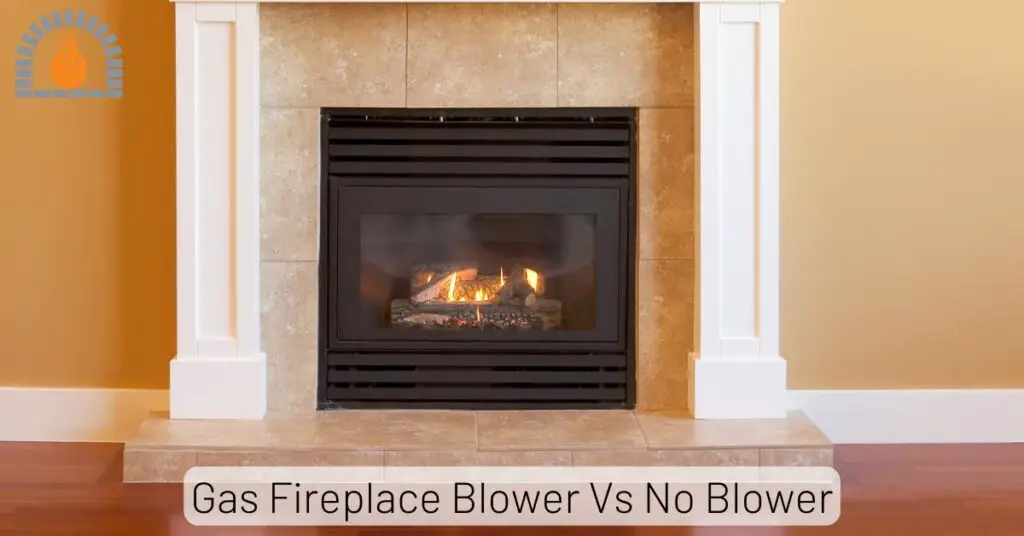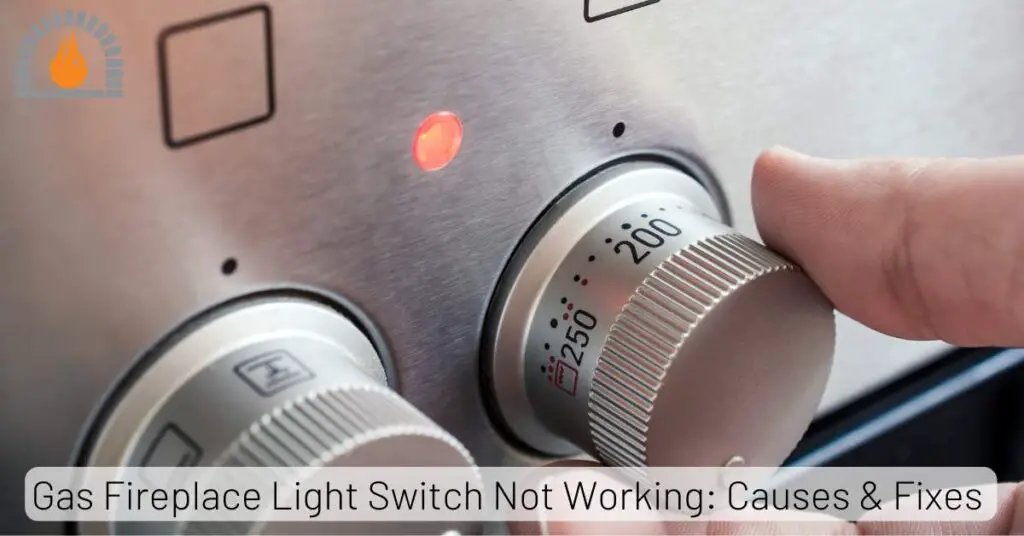Winter is upon us, and as temperatures drop, the gas fireplace becomes a beloved feature in many homes, bringing warmth and ambiance to chilly nights. However, as gas prices continue to fluctuate, keeping your home cozy can come with a high price tag. So, how to reduce gas fireplace bill?
In this guide, we’ll explore practical strategies to lower your gas fireplace bill this winter while still enjoying a warm and comfortable home.
From maximizing efficiency to simple tips for reducing consumption, this article is designed to help you save money without sacrificing comfort.
Key Takeaways
-
Set thermostat between 68°F–72°F for efficiency.
-
Seal drafts around the fireplace with glass doors and closed dampers.
-
Use a blower or fan to circulate warm air and reduce gas usage.
-
Upgrade to energy-efficient fireplace inserts for long-term savings.
-
Lower the flame setting to reduce gas flow without losing warmth.
-
Install reflective panels to enhance heat radiation back into the room.
-
Use timers or automatic shut-offs to control fireplace operation.
-
Supplement heat with space heaters, blankets, or rugs in key areas.
-
Improve insulation around doors and windows to retain warmth.
-
Track and adjust monthly gas usage to identify savings opportunities.
How Your Gas Fireplace Works
Knowing how your gas fireplace operates can help you make cost-effective decisions. Most gas fireplaces use either vented or ventless systems.
Vented fireplaces channel gas byproducts outside, while ventless options retain the warmth inside, making them more efficient. Efficiency is also measured by British Thermal Units (BTUs) higher BTUs usually mean more warmth but also higher consumption.
Understanding your fireplace’s efficiency and setup will allow you to optimize its use without breaking the bank.
How to Reduce Gas Fireplace Bill
1. Choose the Right Thermostat Setting
Setting your thermostat to an optimal temperature is one of the easiest ways to save money. Many people set their thermostats too high, leading to unnecessary fuel consumption.
For most homes, a thermostat setting between 68°F and 72°F provides a comfortable environment without excessive gas use. If possible, install a programmable or smart thermostat to maintain precise control over the temperature.
Zoning, or heating only the most used rooms, is another effective method to reduce the heating bill significantly.
2. Seal Your Fireplace to Prevent Heat Loss
An essential but often overlooked factor in fireplace efficiency is sealing. Drafts around your fireplace can allow heat to escape, making your fireplace work harder to keep the room warm.
Check for drafts around your fireplace and consider using glass doors, which trap heat and create an insulating barrier.
If your fireplace has a damper or flue, make sure it is sealed correctly when not in use to prevent cold air from entering and warm air from escaping.
3. Install a Fireplace Blower or Fan
A fireplace blower or fan helps circulate warm air throughout the room, reducing the need to run your fireplace at higher temperatures.
These devices distribute heat efficiently, making your room feel warmer without increasing the gas output. Blowers and fans are relatively easy to install, and with regular maintenance, they can help you achieve a cozy room at a fraction of the cost.
4. Invest in Energy-Efficient Fireplace Inserts
If you have an older gas fireplace, upgrading to an energy-efficient gas fireplace insert can significantly lower your gas bill. Modern inserts are designed to produce more heat with less fuel, making them a cost-effective upgrade.
Some high-efficiency models may even qualify for energy rebates or tax credits, offering an additional incentive to make the switch.
Though inserts have an upfront cost, they quickly pay for themselves by saving on fuel over the years.
5. Lower the Gas Flow Rate
Reducing the flame size can save a significant amount of money without sacrificing comfort. Most gas fireplaces have adjustable settings that allow you to control the flame intensity.
Lowering the BTU output slightly can maintain warmth in the room while using less gas.
Check your fireplace’s manual for instructions on how to adjust the gas flow and experiment with settings until you find a comfortable balance.
6. Add Reflective Panels for Heat Radiation
Installing heat-reflective panels in your fireplace can improve its efficiency. These panels reflect more heat into the room, allowing you to enjoy a warmer space with less gas.
They’re a low-cost addition that can make a big difference in the overall warmth and energy savings.
Reflective panels are typically easy to install, making them an excellent DIY option for those looking to improve their fireplace’s efficiency without a high investment.
7. Use Timers and Automatic Shut-Offs
Leaving your fireplace running longer than necessary is one of the easiest ways to run up your gas bill. Using timers or automatic shut-offs can help control how long the fireplace operates, ensuring it doesn’t stay on for hours unattended.
Many modern gas fireplaces come with built-in timers, but if yours doesn’t, you can find affordable plug-in timers that will do the job. Setting your fireplace to operate in shorter intervals can make a noticeable impact on your energy usage.
8. Supplement with Alternative Heating Sources
For even more savings, consider supplementing your fireplace with other heating options. Space heaters, heated blankets, or even well-placed rugs can add warmth without the expense of running the fireplace.
Zone heating, using these additional heat sources in rooms you use the most can provide comfort while reducing the load on your gas fireplace. It’s a simple strategy that saves money and keeps you cozy.
9. Improve Home Insulation to Retain Warmth
An often-overlooked aspect of reducing heating costs is improving your home’s insulation. Insulating doors and windows, particularly those near the fireplace, helps retain warmth, reducing the need to run the fireplace for extended periods.
Adding floor rugs, heavy curtains, or even weather stripping around windows and doors can prevent cold air from entering and warm air from escaping.
10. Conduct Regular Maintenance and Cleaning
Maintaining your gas fireplace ensures it operates efficiently and safely. A dirty fireplace can lead to blockages and inefficient burning, which consumes more gas.
Regular cleaning, especially before the peak winter months, can prevent build-up and reduce fuel costs. Hiring a professional to inspect and service your fireplace once a year is also advisable to maintain optimal performance and safety.
11. Reduce Fireplace Usage During Peak Hours
Gas prices can be higher during peak hours when demand is up. Limiting your fireplace use to off-peak hours or using it sparingly during peak times can help reduce your bill.
Many utility companies publish peak hour times, allowing you to plan around these periods. By adjusting your schedule slightly, you can avoid running up your bill during the most expensive times of day.
12. Monitor Monthly Usage and Adjust Accordingly
Keeping track of your gas usage is essential for identifying areas where you can cut back. Many energy providers offer apps and online tools that allow you to monitor your usage closely.
Setting goals to reduce consumption month over month can be both motivating and effective in lowering costs.
By monitoring your usage patterns, you can adjust settings, cut back where possible, and see measurable savings.
Gas Fireplace Safety Guidelines
- Regular Maintenance and Inspection
- Have your gas fireplace inspected by a qualified technician annually. This can help identify and address potential issues before they become serious.
- Regularly inspect the gas line for leaks or damage. A faint smell of gas or hissing noise may indicate a leak, in which case you should evacuate and call a professional immediately.
- Proper Ventilation
- Use the proper venting setup, as recommended by the manufacturer, to prevent carbon monoxide buildup.
- Install a carbon monoxide detector near the fireplace and check its functionality regularly.
- Use a Screen or Glass Barrier
- Install a screen or glass barrier in front of the fireplace to protect against accidental burns, especially for homes with children or pets. Glass surfaces can become extremely hot and remain so even after the fireplace is turned off.
- Wait at least an hour before touching the glass or screen after turning off the fireplace, as it retains heat.
- Follow the Manufacturer’s Instructions
- Only use the type of gas (natural or propane) that is recommended by the manufacturer. Switching fuels without professional adjustment can lead to unsafe burning conditions.
- Avoid adding unauthorized accessories, such as decorative logs or other non-standard parts, which can cause improper airflow and increase the risk of fire or malfunction.
- Safe Distance and Clearance
- Ensure that furniture, curtains, and other flammable materials are at least 3 feet away from the fireplace.
- Adhere to the clearance specifications from the manufacturer. Even the wall space around the fireplace should meet clearance requirements to reduce the risk of overheating.
- Monitor Children and Pets
- Educate children about the dangers of a gas fireplace and create a boundary to keep them at a safe distance.
- Always supervise children and pets when the fireplace is in use.
- Turn Off When Not in Use
- Always turn off your gas fireplace when leaving the room or going to bed.
- If you smell gas or detect any unusual sounds, turn off the fireplace immediately and consult a professional.
- Install and Check Safety Devices
- Ensure your gas fireplace has a thermal shut-off valve to stop the gas flow in the event of an overheating problem.
- Keep a fire extinguisher within reach and know how to use it.
- Educate Household Members on Safety Protocols
- Educate all household members on what to do if there’s a gas leak, fire, or carbon monoxide alarm.
- Have emergency contacts, including local fire services, saved and visible in case of any incident.
- Additional Precautions for Power Outages
- Ensure that remotes have a reliable power source, and consider backup batteries to prevent malfunction during power outages.
- During extended power outages, avoid over-reliance on the gas fireplace, and have an alternate heating plan in place.
FAQs
Can I install a fireplace blower myself?
Yes, most fireplace blowers are relatively easy to install, but professional installation is recommended for optimal performance and safety.
How much can I save by lowering my thermostat a few degrees?
Lowering the thermostat by even a few degrees can save up to 10% on your heating bill over the winter months.
Are energy-efficient fireplace inserts worth the investment?
Yes, energy-efficient inserts can reduce gas usage by up to 50%, making them a cost-effective upgrade in the long term.
Do reflective panels really make a difference?
Reflective panels can enhance heat radiation, making your room warmer and reducing the need for high gas output.
How often should I have my gas fireplace serviced?
It’s recommended to have your gas fireplace inspected and cleaned annually to ensure efficiency and safety.
Affiliate Disclosure: Fireplaceadviser.com is a participant in the Amazon Services LLC Associates Program. We may earn a commission when you click on certain links on this site and purchase.

Hello!! I am Jamal Khan. I often fix my home electric heaters and gas stove problems and research the common issues in the heating units to improve my knowledge and expertise. The aim of establishing fireplaceadviser.com is to share my expertise and knowledge with my audience.












